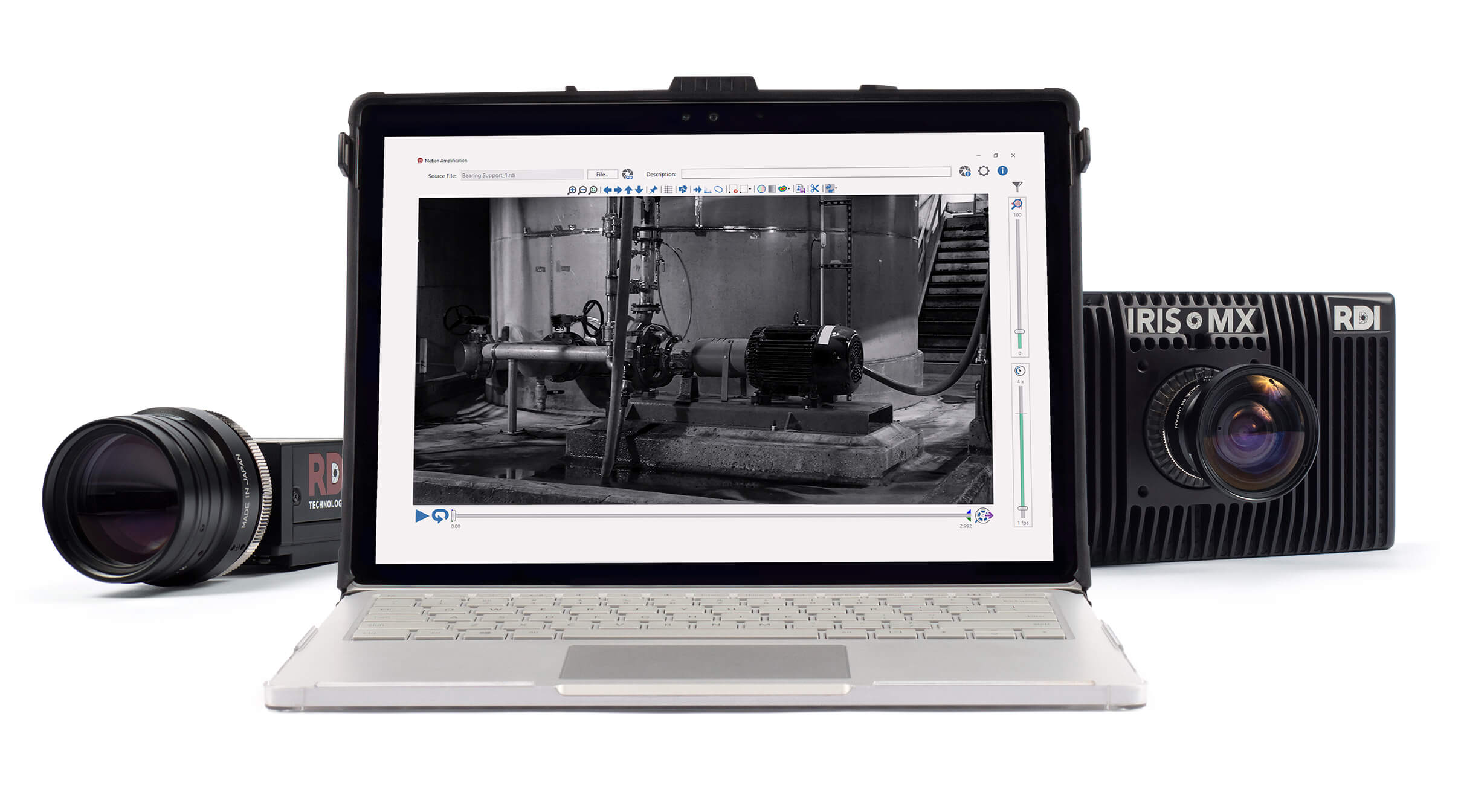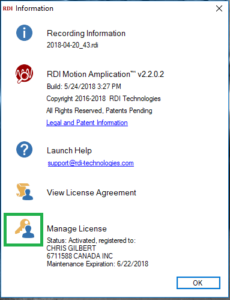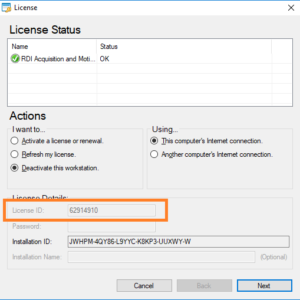April 24, 2024
- Products
- Services
- Training
- Industries
- Aerospace & Defense
AEROSPACE AND DEFENSE
Aerospace and Defense engineers are working on the cutting edge of what is possible. As an industry at the forefront of innovation and design your tools should keep up with you. RDI’s Iris Platform powered by Motion Amplification® is the most advanced video-based testing and predictive maintenance tool in your toolbox.
- Automotive
AUTOMOTIVE
As the Automotive industry continues to evolve with innovative technologies, designs, higher efficiency and new components, the RDI Technologies Motion Amplification® technology, and Iris Platform help drive progress.
- Manufacturing
Manufacturing
The Manufacturing Industry is the backbone of our society producing everything from food to complex electronics or large automobiles. Keeping your facilities up and running is crucial for the overall supply chain and requires tools that are simple, comprehensive, and solve the root cause. RDI’s Iris Platform powered by Motion Amplification® increases uptime and enables you to fix problems quickly and communicate equipment failures.
- Medical Manufacturing
Medical Manufacturing
The Medical Manufacturing industry services a wide range of assets from very small pieces of equipment that do the detailed work of producing needles and bags to large process lines pushing out products. RDI’s Iris Platform powered by Motion Amplification® enables you to visualize and measure large process lines and fine detail equipment in real-time and with a high degree of accuracy.
- Metals & Mining
Metals and Mining
Large infrastructure, complex assets, and difficult-to-measure equipment are the norm in metals and mining. RDI’s Iris Platform powered by Motion Amplification® enables you to visualize motion, take accurate measurements, and do complex analysis on literally anything the camera can see.
- Oil & Gas
Oil and Gas
With lots of large infrastructure and piping, the oil and gas industry has critical equipment that is difficult to maintain with current predictive maintenance tools. RDI’s Iris Platform powered by Motion Amplification® can visually show all of the motions in complex pipework, on large equipment, and on process lines with accurate non-contact measurement and complex analysis to back it.
- Power Generation
Power Generation
You keep the light’s on and need tools that help make sure you can do your job. RDI’s Iris Platform powered by Motion Amplification® increases uptime and enables you to fix problems quickly and communicate between technical and non-technical resources.
- Pulp & Paper
Pulp and Paper
The Pulp and Paper industry utilizes a wide range of machinery and equipment virtually around the clock. RDI’s Iris Platform powered by Motion Amplification® allows you to monitor every type of machinery, in real-time with zero downtime and solve for the root cause of the problem to save money and time.
- Structures and Supports
Structures and Supports
Structural supports and bases are one of the most overlooked root cause faults. RDI’s Iris Platform powered by Motion Amplification® enables you to visualize and measure structural problems instantly without the need to affix sensors or do complex analysis.
- Telecommunications
Telecommunications
Cell phone towers are a critical part of modern society and require regular maintenance. RDI’s Cableview Tension Meter allows you to quickly measure multiple guy wires and once and get TIA approved measurements quickly.
- Test & Measurement
Test and Measurement
Finding defects or design faults are critical in the Design and Engineering phase or development phases of products. RDI’s Iris Platform powered by Motion Amplification® gives you the ability to see and confirm with accurate video-based measurements if a design is working to specification instantly.
- Wastewater and Utilities
Wastewater and Utilities
One of our largest customer markets, wastewater treatment plants, and utility companies utilize RDI’s Iris Platform powered by Motion Amplification® on complex piping networks, to keep their pumps up and running properly, and to visually inspect their structural components and bases.
- Aerospace & Defense
- Partners
- Support
- Resources
- About






